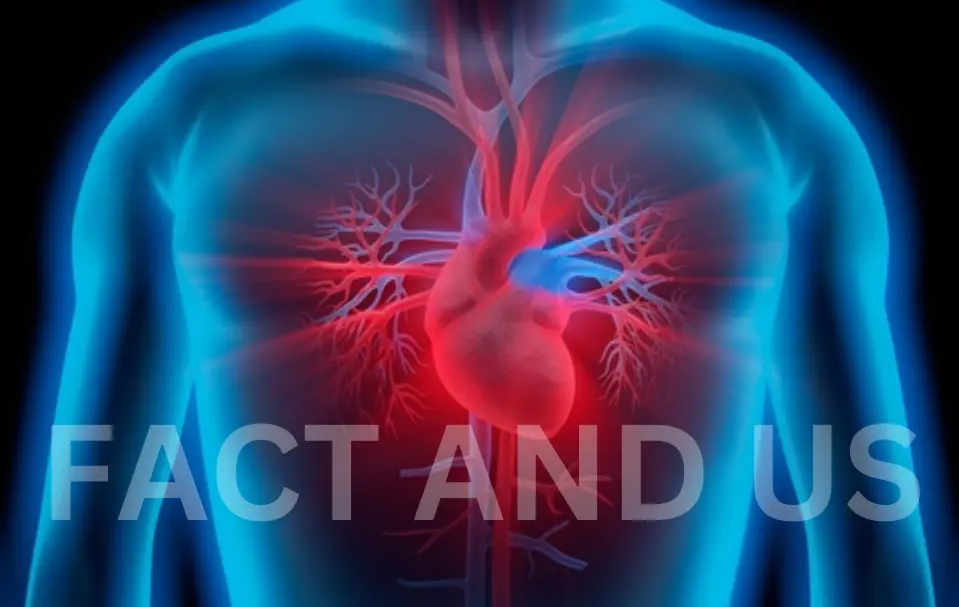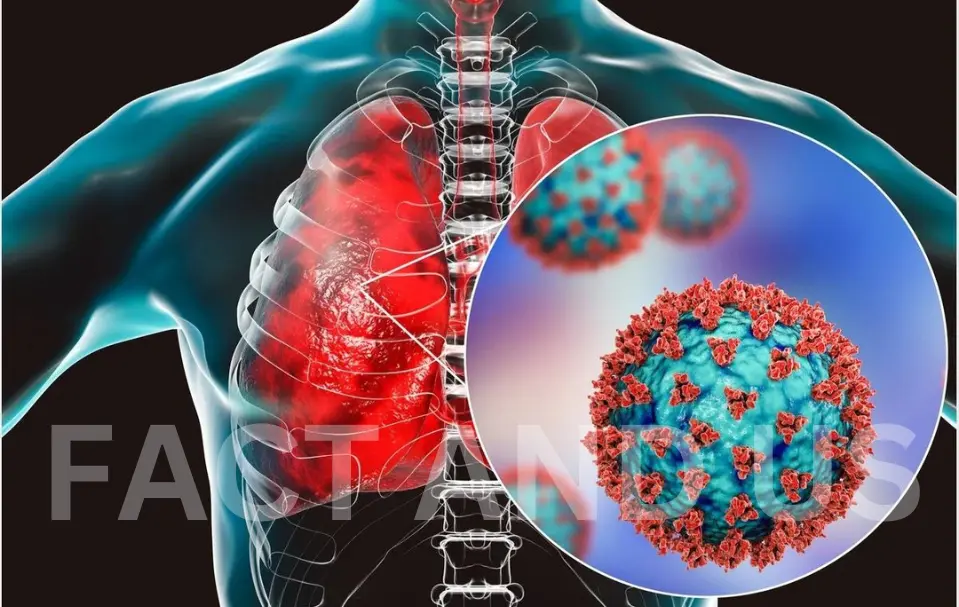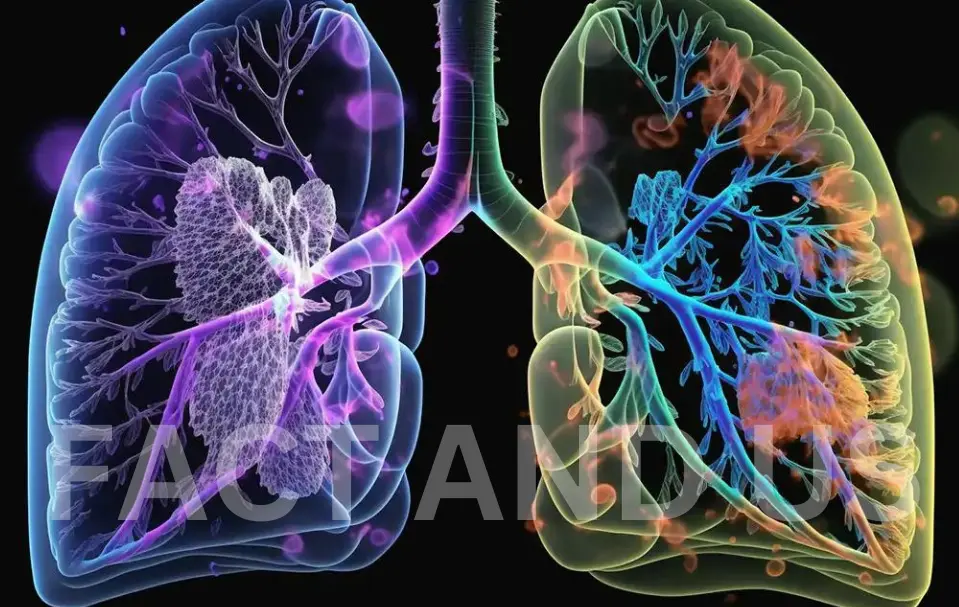Although researchers have discovered that these heart muscle cells are regenerated by cardiac stem cells located in microscopic spaces in the heart, these stem cells cannot replace cardiac cells in sufficient numbers after catastrophic heart cell death caused by a heart attack. Are incapable of healing and reviving.

What are embryonic stem cells for regeneration?
Stem cells: what they are and what they do – Mayo Clinic
embryonic stem cell.
These are multipotential (ploo-RIP-uh-tunt) stem cells, meaning they can divide into more stem cells or become any type of cell in the body. This allows embryonic stem cells to be used to regenerate or repair diseased tissues and organs.
Contents
- 1 Heart Regeneration
- 2 The power of cell regeneration
- 3 Taking the lead in regenerative research
- 4 The challenge
- 5 Cardiac Cells
- 6 Where do these embryos come from?
- 7 Why can’t researchers use adult stem cells instead?
- 8 What are stem cell lines, and why do researchers want to use them?
- 9 What is stem cell therapy (regenerative medicine), and how does it work?
- 10 Have stem cells already been used to treat diseases?
- 11 What are the potential problems with using embryonic stem cells in humans?
- 12 What is therapeutic cloning, and what benefits might it offer?
- 13 Has therapeutic cloning in people been successful?
Heart Regeneration
Heart attacks, the number one cause of heart failure, are caused by a sudden catastrophic death of hundreds of millions of heart muscle cells functioning cells that cannot be replaced by the normal healing process. At the Center for Regenerative Medicine, we are working toward an actual cure for heart failure by regenerating lost heart muscle cells and eliminating the need for life-long treatments with expensive drugs and devices. Such a cure could save thousands of lives, improve the quality lives of millions of heart failure patients and save the health care economy billions of dollars every year.
The power of cell regeneration
Until recently, it was thought that humans were born with all of the heart cells they would ever have throughout life. In the past 10 years, however, scientists have discovered that our heart muscle cells are actually continually replaced. Although researchers have discovered that these heart muscle cells are re-generated by cardiac stem cells located in microscopic niches throughout the heart, these stem cells are unable to replace and regenerate nearly enough heart cells after catastrophic cardiac cell death that occurs with heart attacks. New evidence is mounting that natural stem cell regeneration may be dramatically enhanced by stem cell therapies.
Taking the lead in regenerative research
The U.S. government, pharmaceutical and medical device firms spend billions of dollars every year in research to develop new palliative treatments for heart failure but thus far there have been no cures. Unfortunately, there has been relatively little support for the use of a patient s own cells to cure heart failure regenerative medicine does not fit traditional research and development funding paradigms that support drug and device research. While cures may be good for patients, they may not be a good medical business model. Until the National Institutes of Health and other government sources can be re-directed to the development of cures using autologous cells, philanthropy will be extremely important in funding regenerative medicine research. Once this concept can be successfully demonstrated, it could change the future for thousands of patients suffering heart disease and change the way heart attacks are treated.
The challenge
While basic and clinical trials have shown that autologous stem cell therapy to replace heart cells after heart attacks has been safe in almost every instance, the benefit has been only modest because very few of the stem cells administered to the heart engraft within the areas of cell death or infarction. During their brief residence they appear to release growth factors that enhance original cells to improve healing, but the effect is insufficient.
Cardiac Cells

Over the last eight years we have studied methods to improve engraftment and long-term residence of stem cells within the injured muscle to determine if we could achieve a complete recovery. We have discovered safe, simple, inexpensive methods to enhance engraftment that then create a multitude of new contracting muscle cells. This advance, produced through our pre-clinical research with the Armed Forces Institute of Regenerative Medicine to treat battlefield blast injuries of the extremities, has shown a remarkable improvement in functional recovery compared to current published data.
The novel and unique research thrust of our group at the Center demonstrates the means to realize the full potential of heart regeneration. The discoveries that we have made and plan will make a significant improvement that could translate into a true cure for heart failure. Through advances in regenerative medicine, the health care economy could save hundreds of thousands of dollars per heart failure patient and give the patient a better, healthier life.
Where do these embryos come from?
The embryos being used in embryonic stem cell research come from eggs that were fertilized at in vitro fertilization clinics but never implanted in women’s uteruses. The stem cells are donated with informed consent from donors. The stem cells can live and grow in special solutions in test tubes or petri dishes in laboratories.
Why can’t researchers use adult stem cells instead?

Progress in cell reprogramming and the formation of iPSCs has greatly enhanced research in this field. However, reprogramming is an inefficient process. When possible, iPSCs are used instead of embryonic stem cells since this avoids the ethical issues about use of embryonic stem cells that may be morally objectionable for some people.
Although research into adult stem cells is promising, adult stem cells may not be as versatile and durable as are embryonic stem cells. Adult stem cells may not be able to be manipulated to produce all cell types, which limits how adult stem cells can be used to treat diseases.
Adult stem cells are also more likely to contain irregularities due to environmental hazards, such as toxins, or from errors acquired by the cells during replication. However, researchers have found that adult stem cells are more adaptable than was first thought.
What are stem cell lines, and why do researchers want to use them?
A stem cell line is a group of cells that all descend from a single original stem cell and are grown in a lab. Cells in a stem cell line keep growing but don’t become specialized cells. Ideally, they remain free of genetic defects and continue to create more stem cells. Clusters of cells can be taken from a stem cell line and frozen for storage or shared with other researchers.
What is stem cell therapy (regenerative medicine), and how does it work?
Stem cell therapy, also known as regenerative medicine, promotes the repair response of diseased, dysfunctional or injured tissue using stem cells or their derivatives. It is the next chapter in organ transplantation and uses cells instead of donor organs, which are limited in supply.
Researchers grow stem cells in a lab. These stem cells are manipulated to specialize into specific types of cells, such as heart muscle cells, blood cells or nerve cells.
The specialized cells can then be implanted into a person. For example, if the person has heart disease, the cells could be injected into the heart muscle. The healthy transplanted heart muscle cells could then contribute to repairing the injured heart muscle.
Researchers have already shown that adult bone marrow cells guided to become heart-like cells can repair heart tissue in people, and more research is ongoing.
Have stem cells already been used to treat diseases?
Yes. Doctors have performed stem cell transplants, also known as bone marrow transplants, for many decades. In hematopoietic stem cell transplants, stem cells replace cells damaged by chemotherapy or disease or serve as a way for the donor’s immune system to fight some types of cancer and blood-related diseases. Leukemia, lymphoma, neuroblastoma and multiple myeloma often are treated this way. These transplants use adult stem cells or umbilical cord blood.
Researchers are testing adult stem cells to treat other conditions, including some degenerative diseases such as heart failure.
What are the potential problems with using embryonic stem cells in humans?
For embryonic stem cells to be useful, researchers must be certain that the stem cells will differentiate into the specific cell types desired.
Researchers have discovered ways to direct stem cells to become specific types of cells, such as directing embryonic stem cells to become heart cells. Research is ongoing in this area.
Embryonic stem cells also can grow irregularly or specialize in different cell types spontaneously. Researchers are studying how to control the growth and development of embryonic stem cells.
Embryonic stem cells also might trigger an immune response in which the recipient’s body attacks the stem cells as foreign invaders, or the stem cells might simply fail to function as expected, with unknown consequences. Researchers continue to study how to avoid these possible complications.
What is therapeutic cloning, and what benefits might it offer?
Therapeutic cloning, also called somatic cell nuclear transfer, is a way to create versatile stem cells independent of fertilized eggs. In this technique, the nucleus is removed from an unfertilized egg. This nucleus contains the genetic material. The nucleus also is removed from the cell of a donor.
This donor nucleus is then injected into the egg, replacing the nucleus that was removed, in a process called nuclear transfer. The egg is allowed to divide and soon forms a blastocyst. This process creates a line of stem cells that is genetically identical to the donor’s cells in essence, a clone.
Some researchers believe that stem cells derived from therapeutic cloning may offer benefits over those from fertilized eggs because cloned cells are less likely to be rejected once transplanted back into the donor. And it may allow researchers to see exactly how a disease develops.
Has therapeutic cloning in people been successful?
No. Researchers haven’t been able to successfully perform therapeutic cloning with humans despite success in a number of other species.
Researchers continue to study the potential of therapeutic cloning in people.
Stay connected with Fact and US for more such news.
